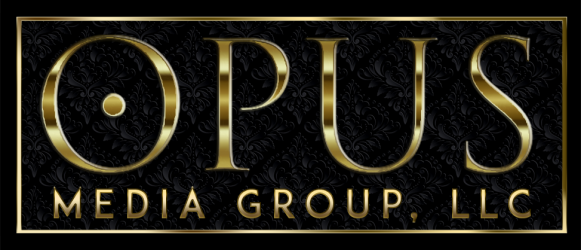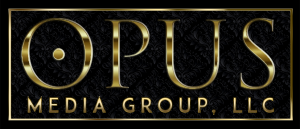
Brand Style Guide
Creating a comprehensive Brand Style Guide is a fundamental step in strategic brand management, ensuring that the brand’s identity is applied correctly and consistently no matter where it appears.
A Brand Style Guide, also known as a Brand Guidelines document, is an essential toolkit that details how a company’s brand elements should be used to maintain consistency and cohesiveness across all communications and representations.
This guide provides a simple starting point in understanding how to correctly apply the brand’s visual and verbal components — even when there are internal team members or external partners when creating content for the brand.
Purpose of a Brand Style Guide
Utilization
Brand Style Guides are used by everyone involved in creating content for the brand—from marketing teams and graphic designers to external agencies and new employees. It is a living document that can evolve as the brand grows and adapts to new markets and technologies.
EXPLORE
Key Elements of a Brand Style Guide
Logo Usage
This includes clear instructions on how the logo should be displayed, including acceptable sizes, spacing, backgrounds, and what not to do with the logo.
Color Palette
The guide specifies the primary and secondary colors of the brand, often including HEX, RGB, CMYK, and Pantone codes to ensure color consistency across digital and print media.
Typography System
It outlines which typefaces are to be used in various contexts, including headers, body text, and any special styling. Guidelines on font sizes, line spacing, and hierarchy are also included.
Imagery and Iconography
Directions on the types of images, photography style, and icons that align with the brand’s identity. This can include the mood of the images, preferred subjects, and how they should be composed.
Tone of Voice
This section describes the brand’s personality and how it should be communicated in writing. It covers language style, the level of formality, and even specific word usage that is preferred or to be avoided.
Layout and Composition
Guidelines on how to layout various types of materials like brochures, advertisements, and digital content to ensure they meet brand standards.
Additional Elements
Depending on the brand, the guide may also include guidelines on other elements such as packaging, signage, and merchandise. It can also cover multimedia presentations, including video and sound styles.

 #SummerArtsIntensive #TeenCreativity #ExploreTheArts #CreativeGrowth #ArtisticAdventure #Dance #Music #Theater #VisualArt](https://opusmediaconsulting.com/wp-content/uploads/2025/03/Summer-Teen-Arts-Intensive-Registration-is-now-open-on-One-Fulton-300x300.jpg)



